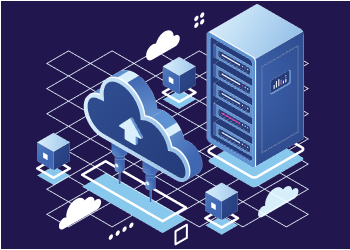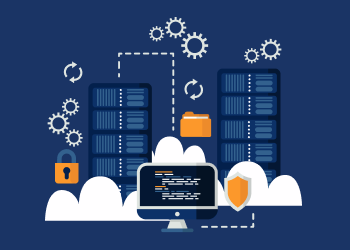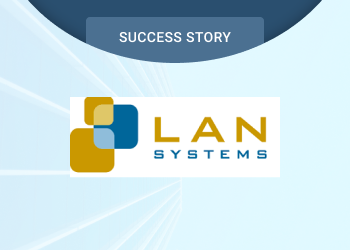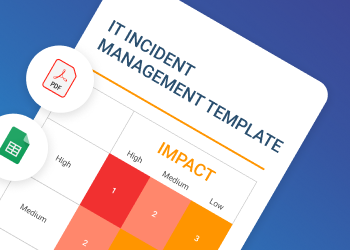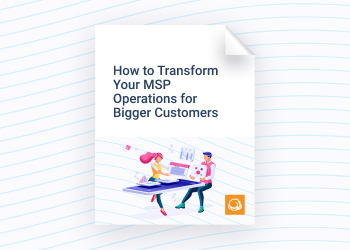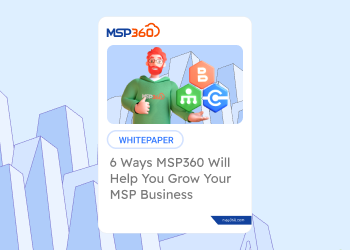Louisiana Law Requires MSP Registration with the State
The managed IT provider business is on the rise in the US, and MSPs are operating in every public and private sector of the economy. Many private-sector organizations working with sensitive data were forced to operate under certain compliance regimes, such as HIPAA for the medical sector. These regimes make strict stipulations about the way sensitive data should be managed and IT infrastructure secured in an organization.

